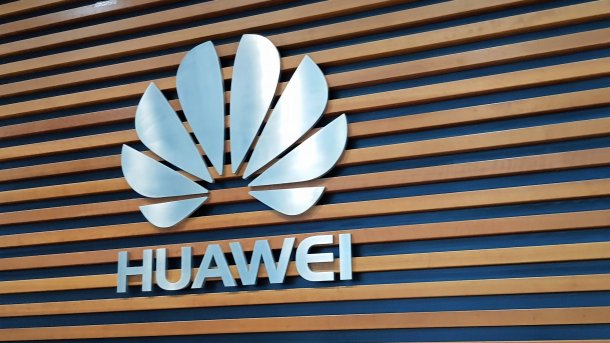HarmonyOS Next: Huawei gives up Android
So far, Huawei's HarmonyOS still runs on Android. The Chinese manufacturer has announced that this will change in the new version.

Huawei says goodbye to Google for good.
(Image: heise online; Daniel Herbig)
The new version of Huawei's mobile operating system HarmonyOS comes completely without Android code. This was announced by the Chinese manufacturer, according to Gizmochina. Previous versions were based on the code of the Android Open-Source Project (AOSP) and the Linux kernel.
According to Gizmochina, Huawei has built HarmonyOS Next entirely around its own Hongmeng kernel. According to Huawei, the wholly new version should bring performance improvements of up to 30 percent and consume 20 percent less energy.
Path to independence
Due to sanctions imposed by the US government, Huawei had lost access to the fully licensed version of Android developed by Google. Huawei had already started developing HarmonyOS, which still included the open-source components of Google OS.
The Harmony OS 2.0 version released in 2021 was supposed to be a big step towards independence from Google, but turned out to be largely an Android fork. It was not only the user interface that corresponded to Huawei's well-known Android skin, EMUI. HarmonyOS 2.0 also used Google's internal system programs.
With the new version, Huawei is completely saying goodbye to any Android remnants. This also means that Android apps will no longer run on future Huawei phones. Instead, the applications must be developed directly for HarmonyOS and made available in the Huawei App Gallery. Until now, Android apps could be sideloaded onto Huawei phones in numerous instances. Harmony OS Next will be available in China from the end of the year.
Videos by heise
Huawei phones in Germany with restrictions
Huawei phones are primarily sold on the Chinese domestic market. Harmony Intelligence, which has now also been presented, is aimed at this audience and is an AI copy of Apple Intelligence, at least in name. Its functions include image recognition and support for people with disabilities.
In principle, Huawei phones can also be purchased in Germany, but current models already lack Google services. Accordingly, apps from the Google cosmos can at best be forced onto Huawei cell phones via detours such as MicroG. In practice, this often doesn't work ideally: streaming services spit out error messages, Google Pay refuses to work. In addition, installing updates for apps obtained via sideloading is time-consuming.
(dahe)